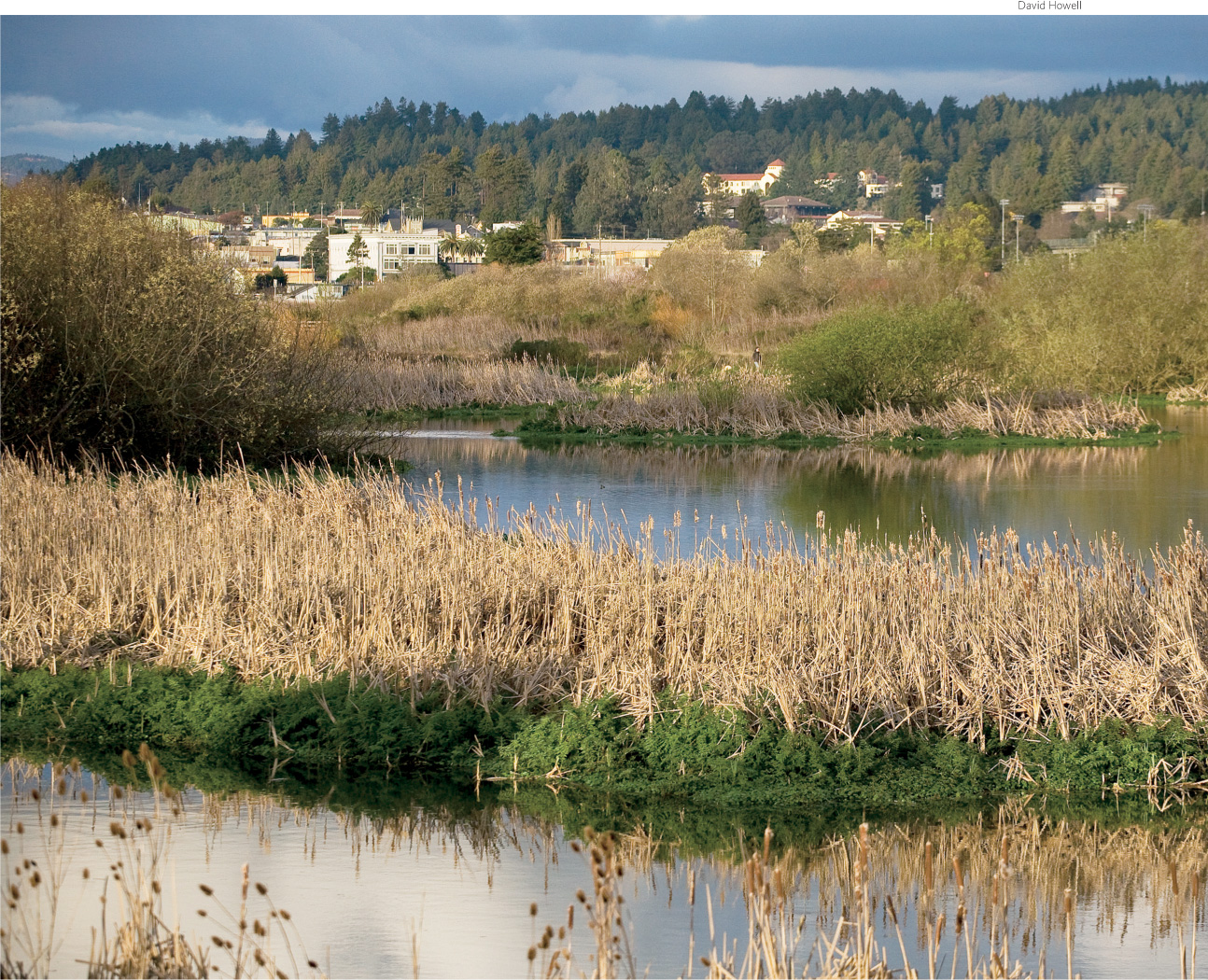Solving water shortages is not easy.
Though only about 1% of Earth’s freshwater is surface water, these lakes and rivers are an important source of water for many communities. To ensure an ongoing freshwater resource, communities often invest in dams. These barriers slow the flow of rivers and create reservoirs, large bodies of water that hold freshwater for a variety of uses (freshwater source, flood control, electricity production). In the United States, these often become recreation sites and fishing resources. California depends on reservoirs (both in and outside the state) for much of its water supply. But while reservoirs are a valuable resource, they lose an enormous amount of water every day through evaporation. In fact, thanks to lower-than-normal rainfall and snowfall and high water demand, water levels in just about every reservoir in northern California were well below average in 2014.
dam
A structure that blocks the flow of water in a river or stream.
reservoir
An artificial lake formed when a river is impounded by a dam.
KEY CONCEPT 14.7
Water scarcity can be addressed by storing water (dams) and desalinating seawater, and with new solutions like using purified wastewater. All these solutions come with trade-offs.
Depending on temperatures, atmospheric conditions, and the surface area of a reservoir or lake, wide-open bodies of water can evaporate thousands of gallons of water a day in desert settings where it’s hot and dry. The California Department of Water Resources calculated that freshwater reservoirs in the South Coast region lost more than 200 billion liters (53 billion gallons) to evaporation in 2000 alone. Worldwide, reservoirs lose more water to evaporation than is used for industry and domestic purposes combined.
The construction of dams can also spark political conflicts. In the Middle East, Turkey’s plans to build 22 dams that pull water from the Tigris and Euphrates rivers for agriculture and electric power will impact its neighbors Syria and Jordan downstream. With too little water available for too many people, this hotspot may be the site of future conflict.


Of course, Californians are lucky enough to have plenty of water all along the coast. But removing salt and other minerals from seawater—a process known as desalination—is expensive and uses a large amount of energy. Still, thousands of desalination plants worldwide operate today to meet some of the water needs of their regions. The largest such facilities in the world are in the Middle East, some of which are processing around 750 million liters (200 million gallons) of water per day—about 10 times the volume of the largest U.S. plants (which are in Tampa Bay, Florida, and El Paso, Texas). In late 2012, California began construction on a $1 billion desalination plant that would become the largest facility in the United States, expected to produce 190 million liters (50 million gallons) per day; other California facilities are in the planning stages.
desalination
The removal of salt and minerals from seawater to make it suitable for consumption.